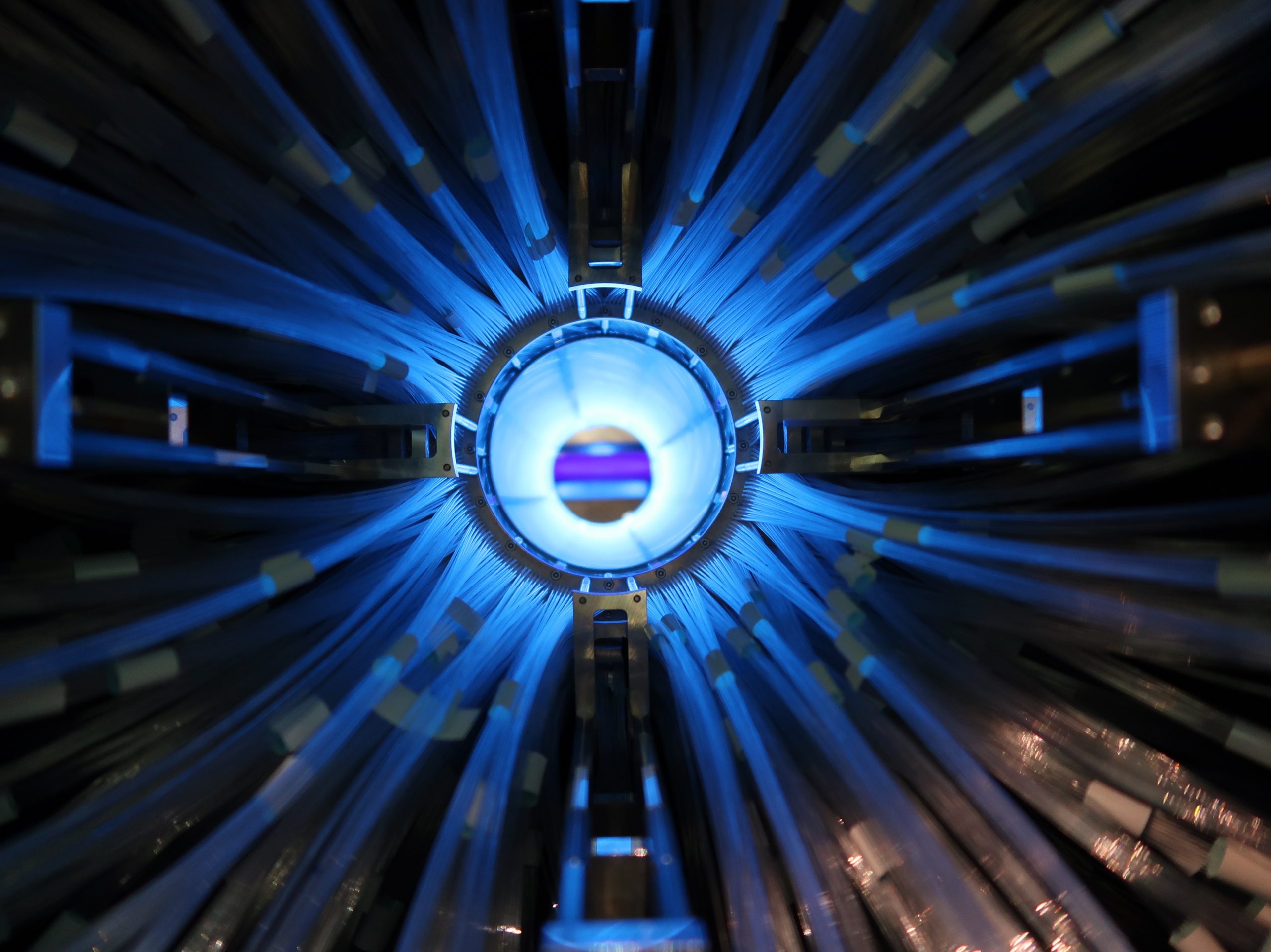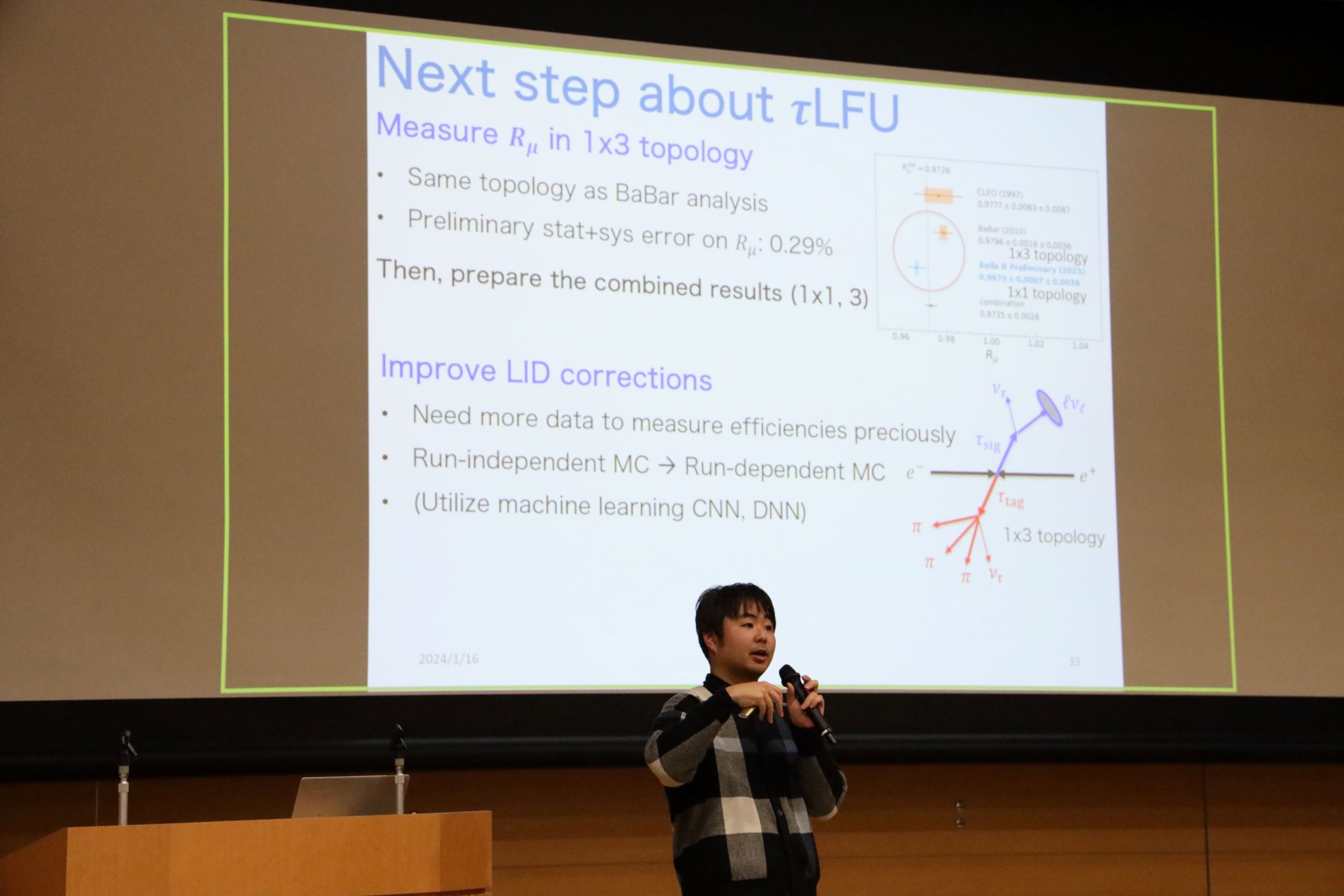- Topics
IPNS Seminar Report: New Result on the search for charged-lepton-flavor-violation and test of light-lepton-flavor-universality in tau decays at Belle II
February 22nd, 2024
The Belle II experiment has recently finished its first long shutdown (LS1), which started in the summer of 2022 – during this time many improvements to both the accelerator and detector were completed, and resumed the accelerator operation from January 2024. In parallel, many interesting physics analyses using data collected before LS1 have been made and are still on-going. An IPNS seminar “New results on the search for the charged-lepton-flavor-violation and the test of light-lepton-flavor-universality in tau decays” was held at the KEK Tsukuba Campus on 16 January 2024. Dr. Kenta Uno from the IPNS-Belle group showcased new Belle II results that had been presented for the first time in December at the TAU2023 conference in Louisville, Kentucky, USA.
Searching for the Charged-Lepton-Flavor-Violation
In the Standard Model of particle physics, there are three different “flavors” of fundamental particles called leptons: firstly the familiar electron, plus its heavier counterpart the muon, and finally the even heavier tau lepton. In addition to electrically charged leptons, there are three electrically neutral leptons called neutrinos, with one for each flavor: the electron-neutrino, muon-neutrino, and tau-neutrino. It was believed that the overall balance of flavors in any particle interaction or decay would remain unchanged, known as lepton-flavor-conservation. For example, a muon can change into a muon neutrino, but it cannot change into an electron. However, the discovery of neutrino oscillations in 1998 revealed that neutrinos can change flavor, e.g., a muon neutrino changing into an electron neutrino. If the lepton-flavor-conservation is also violated for charged leptons, it would be a clear signature of new physics beyond the Standard Model, and thus it is a very active area of research conducted by a number of experiments.
A very large number of tau leptons are produced by the SuperKEKB electron-positron collider, along with B mesons, D mesons, and a host of other particles. The decays of these tau leptons are recorded using the Belle II detector, with which precise measurements of the decay rates and parameters can be made, to search for hints of lepton-flavor-violation. The first result presented was from Belle II’s search for the decay of a tau lepton into three muons.
-
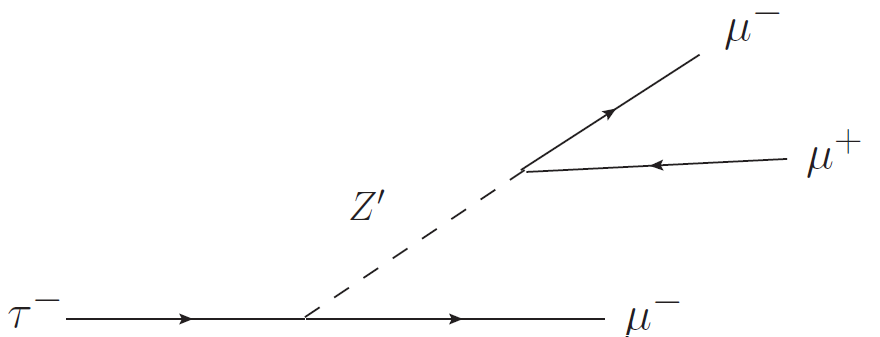
Fig.1 Diagram showing the hypothetical decay of a tau(τ) lepton into three muons (μ).
This decay is referred to as the “golden channel,” because the decay is theoretically more straightforward to interpret, and experimentally easier to study thanks to the limited amount of background events which cannot be fully separated from this decay. It is still crucial to reduce the amount of background, for which Belle II has been able to apply very efficient analysis techniques.
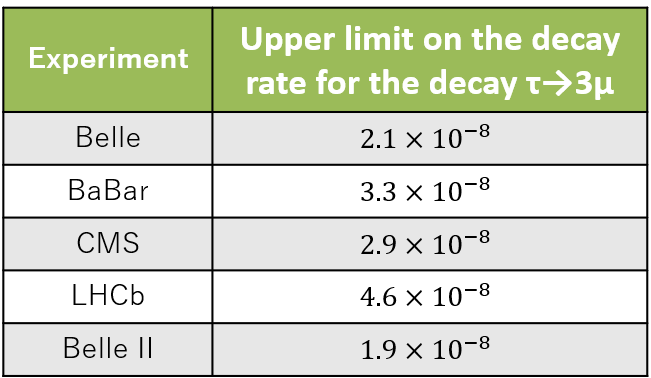
Fig.2 Upper limit on the decay rate for the decay τ→3μ (*1).
While no signal was observed, Belle II was able to set the most stringent limits on this decay to date – this is a significant achievement that can constrain or rule out a number of theory hypotheses relating to lepton-flavor-violation.
Test of Light-Lepton Universality in Tau Decays
The second result presented related to a phenomenon known as Lepton-Flavor-Universality (LFU) – this describes an intrinsic property of the charged leptons that their interactions are identical to each other, except for the effects of their different masses. Observing a difference in these properties would also indicate the presence of new physics beyond the Standard Model. Recently, several experimental results indicating possible violation of LFU in B meson decays have been reported. Belle II made a test of LFU by measuring the difference between produced electrons and muons in the decay of tau leptons. The new Belle II result provides the most precise measurement to date, and it is in good agreement with the predictions of the Standard Model.
-
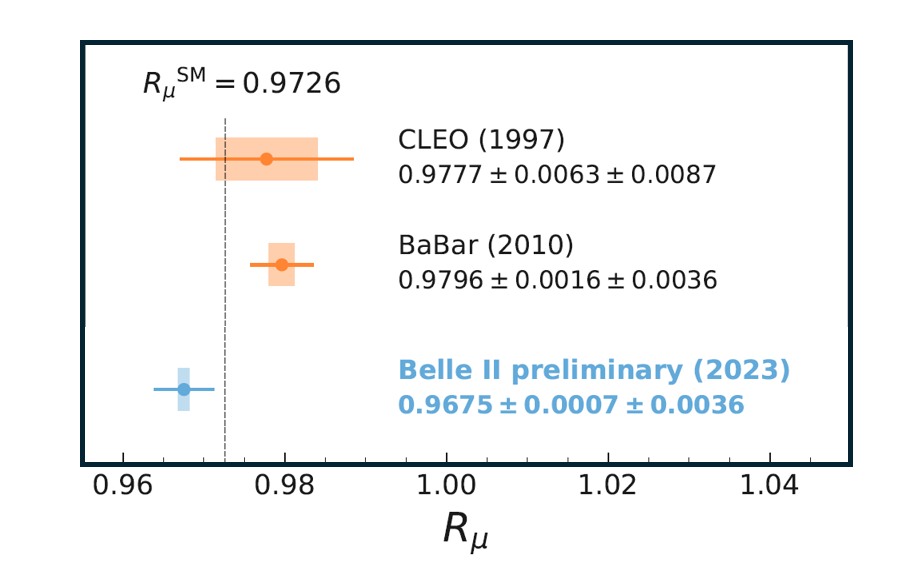
Fig.3 The result of the test of LFU. The dashed line represents the Standard Model prediction, with all the experimental results consistent with this prediction. The numbers alongside each experiment represent, from left to right, the measured value, statistical uncertainty, and systematic uncertainty. Belle II obtained smaller uncertainties than those from the previous studies by the BaBar and CLEO experiments.
There are two types of uncertainties associated with these measurements: statistical uncertainties and systematic uncertainties. Statistical uncertainties arise from the number of collisions that are recorded; this uncertainty will decrease as Belle II records more collisions in the future. Systematic uncertainties are related to the instruments and methods that are used for analysis – identifying the sources of these uncertainties and improving the analysis methods will lower the systematic uncertainty. Dr. Uno emphasized the work of understanding of the performance of the entire Belle II detector that has allowed for the reduction of systematic uncertainties in producing this world leading result.
Dr. Uno reflected on the most important aspects of this analysis and outlined future prospects:
“The decay of a tau lepton into three muons is a clear signature that would immediately imply the existence of new physics if it is discovered. However, since it is thought to occur extremely rarely, improving the efficiency of the methods used is crucial – novel Machine Learning techniques were used to achieve this. Despite the fact that the current Belle II dataset is only about half of that of the Belle experiment, we have performed the search with higher sensitivity than previous studies, and this is a significant achievement.
To test LFU with high precision, reducing the systematic uncertainty was crucial. To acheive it, we focused on proper understanding of the performance of the detector, and classification and evaluation of the sources of the uncertainty. We discussed with many collaborators, addressed each detail, and eventually succeeded to reduce it to the level of the statistical uncertainty. It was a challenging process, and I was extremely pleased when we were able to finally announce the result.”
The Belle II experiment resumed operating in January, aiming to collect a much larger dataset, surpassing that of its predecessor, the Belle experiment. The dataset will allow for more precise measurements, with the potential that they could lead to the discovery of new physics phenomena.
*1 Reference sources for the upper limits of the previous experiments:
- Belle: K. Hayasaka et al., Search for Lepton Flavor Violating Tau Decays into Three Leptons with 719 Million Produced τ+τ− Pairs, Phys. Lett. B 687 (2010) 139, arXiv:1001.3221.
- BaBar: BaBar collaboration, J. P. Lees et al., Limits on tau Lepton-Flavor Violating Decays in three charged leptons, Phys. Rev. D 81 (2010) 111101, arXiv:1002.4550.
- CMS: CMS collaboration, A. M. Sirunyan et al., Search for the lepton flavor violating decay τ → 3μ in proton-proton collisions at √s = 13 TeV, JHEP 01 (2021) 163, arXiv:2007.05658.
- LHCb: LHCb collaboration, R. Aaij et al., Search for the lepton flavour violating decay τ → μ μ+ μ, JHEP 02 (2015) 121, arXiv:1409.8548.
*2 Reference sources for the result of the test of LFU:
- CLEO: CLEO Collaboration, A. Anastassov et al., Experimental test of lepton universality in tau decay, Phys. Rev. D 55 (1997) 2559, [Erratum: Phys.Rev.D 58, 119904 (1998)].
- BaBar: BaBar Collaboration, B. Aubert et al., Measurements of Charged Current Lepton Universality and |Vus| using Tau Lepton Decays to e−ν ̄eντ , μ−ν ̄μντ , π−ντ , and K − ντ , Phys. Rev. Lett. 105 (2010) 051602.

